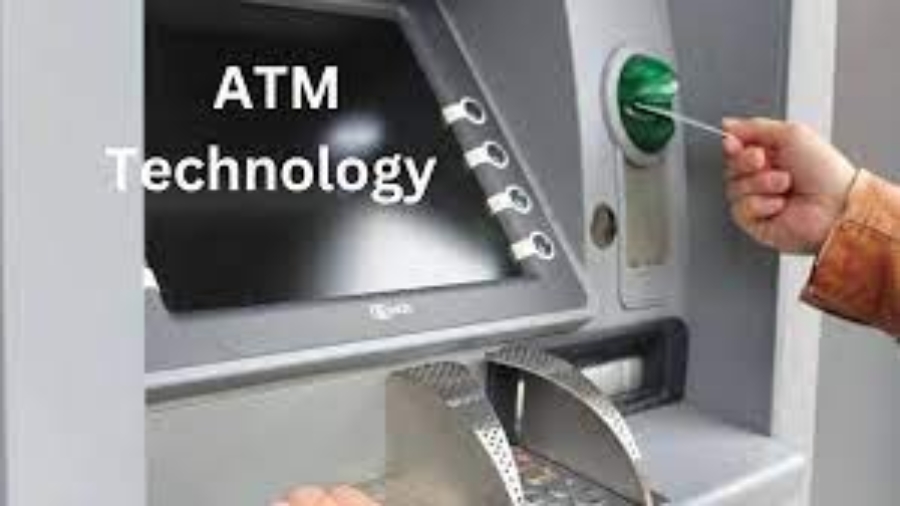Automated Teller Machines (ATMs) play a crucial role in contemporary banking, offering convenient access to cash and a range of banking services. Gaining insight into the functionality of ATMs can unravel the process, enabling users to maximize the benefits of these self-service banking terminals, all while maintaining an organized approach with a money management spreadsheet.
How ATMs Function:
1. Card Authentication:
Inserting the Card: The ATM process begins when a user inserts their bank card into the card reader.
Magnetic Stripe or Chip Reading: The ATM reads the information on the card’s magnetic stripe or chip, verifying its authenticity.
2. User Authentication:
PIN Entry: Users are required to enter their Personal Identification Number (PIN) to authenticate themselves.
Biometric Authentication: Some advanced ATMs may incorporate biometric features like fingerprint or iris scanning for additional security.
3. Connection to the Bank:
Once authenticated, the ATM establishes a secure connection with the user’s bank or financial institution.
4. Transaction Selection:
Users can choose from various transaction options such as cash withdrawal, balance inquiry, funds transfer, or deposit.
5. Cash Withdrawal:
For cash withdrawal, users enter the desired amount, and the ATM communicates with the bank to dispense the requested cash.
6. Balance Inquiry:
Users can check their account balance, and the ATM fetches the latest information from the connected bank.
7. Funds Transfer:
ATMs allow users to transfer funds between accounts. The user specifies the source and destination accounts, and the ATM processes the transaction.
8. Deposit:
Some ATMs accept cash or check deposits. Users follow on-screen instructions and insert the cash or checks into designated slots.
9. Receipt Generation:
After completing a transaction, the ATM provides a printed or on-screen receipt detailing the transaction details.
10. Card Retrieval:
The ATM returns the user’s card, ensuring a secure transaction closure.
11. Connection Termination:
The ATM terminates its connection with the bank, completing the transaction.
ATM Components:
1. Card Reader:
Reads the information on the user’s bank card.
2. PIN Pad:
Allows users to enter their Personal Identification Number (PIN) securely.
3. Screen/Display:
Displays transaction options, instructions, and other relevant information.
4. Cash Dispenser:
Dispenses the requested cash amount.
5. Deposit Slots:
For ATMs that accept deposits, there are designated slots for cash or check insertion.
6. Receipt Printer:
Prints transaction receipts for users.
7. Communication Module:
Facilitates communication between the ATM and the user’s bank.
8. Security Cameras:
Installed for surveillance and security purposes.
9. Cash Cassettes:
Hold various denominations of cash for dispensing.
10. Biometric Sensors (Optional):
For ATMs with biometric authentication features.
Security Measures:
1. Encryption:
All communications between the ATM and the bank are encrypted to ensure data security.
2. PIN Security:
PINs are encrypted and never stored in plain text to protect user authentication.
3. Skimming Prevention:
Measures are implemented to prevent card skimming devices from being attached to ATMs.
4. Tamper-Evident Features:
ATMs are equipped with features that indicate tampering attempts.
5. Surveillance:
Security cameras monitor the ATM area to deter fraudulent activities.
Understanding the working principles and components of ATMs enhances users’ confidence in utilizing these machines for a variety of banking transactions. As technology advances, ATMs continue to evolve, offering enhanced features and security measures to meet the changing needs of consumers.
